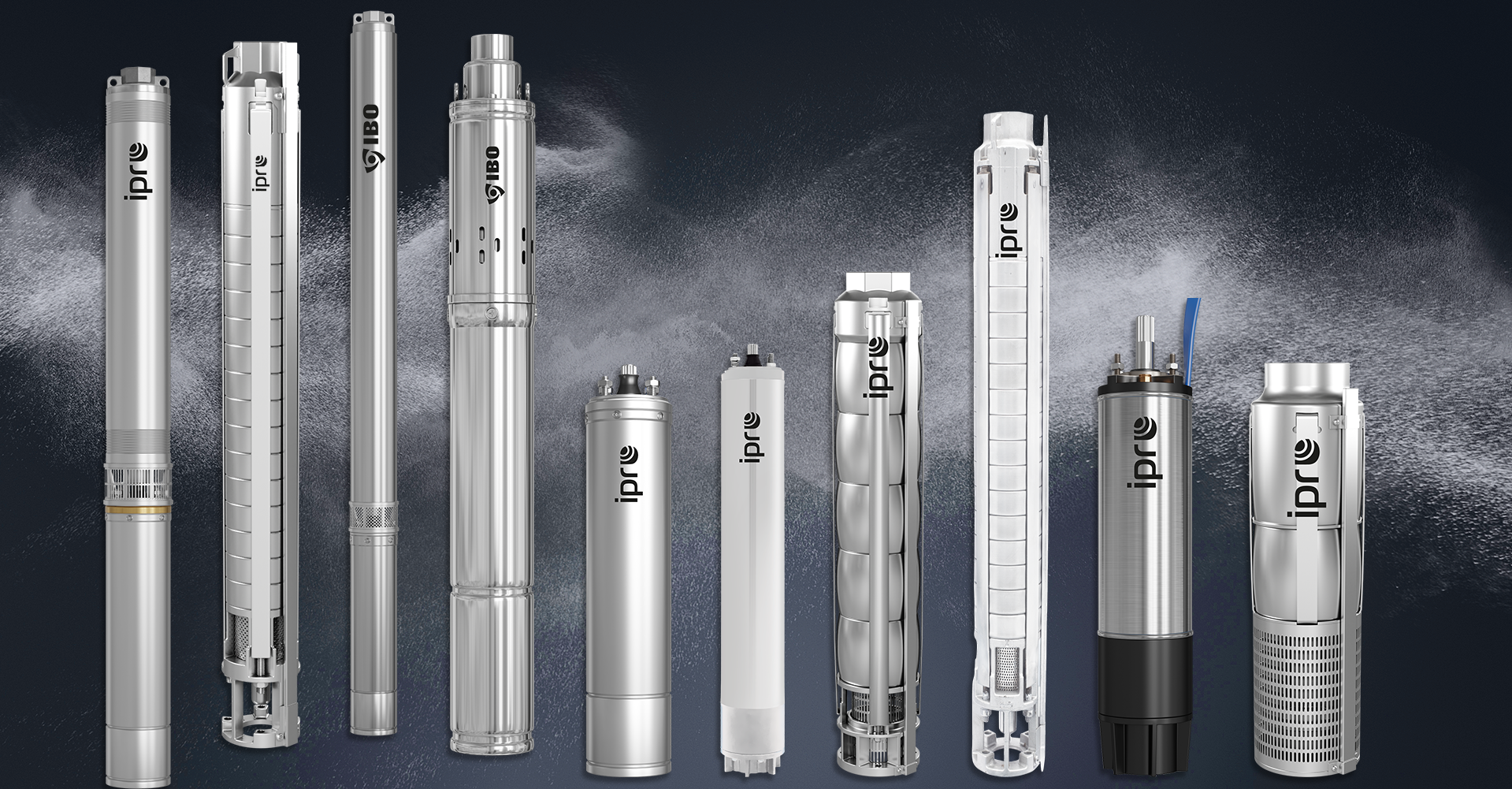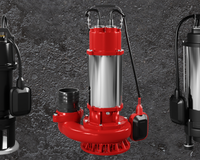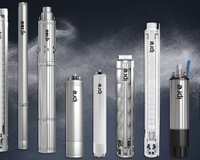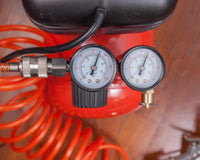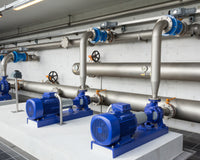The deep pumps are placed in wells wherever it is not possible to connect to the water supply. In this way, you can safely deliver water to the building. They are used primarily when the water mirror in the well is below eight meters, in the aquifer. Pumps are selected for the type of well; dug or drilled and for maximum water demand and for the minimum pressure needed. Their performance is very important, but not only. Check what it means and what other parameters should be taken into account when choosing the device.
What does and what depends on the performance of the deep well?
The performance of the offered by us deep -sea pumpsor the flow rate needed to cover the demand for water in a given household depends on the device model. It is selected for the demand for water, assuming that All water receivers will not be launched simultaneously. Also remember that the pump performance should be less than the well -efficiency, which is why it is so important to design it. Exceeding the permissible performance leads to damage to the filter and, consequently, the inability to continue using the well. In a single-family house, inhabited by four or five people, the hydrophore efficiency should oscillate at 1-3 m3/h.
What is the lifting height?
Another important parameter is the lifting height, which consists of The level difference between the deep pump and the highest receiver. Linear and local losses will also be needed to calculate the lifting height. They arise during the friction of the liquid with the inner surface of the pipes and when changing the direction of the flow. In the case of a small distance from the house, local and linear losses will constitute up to 20% of the geometric height of lifting.
When choosing a deep pump, one cannot forget about such factors as the type of well, its depth and distance from the residential object. The height of the object is important, how many people will use water and whether it is also used to water the garden.

